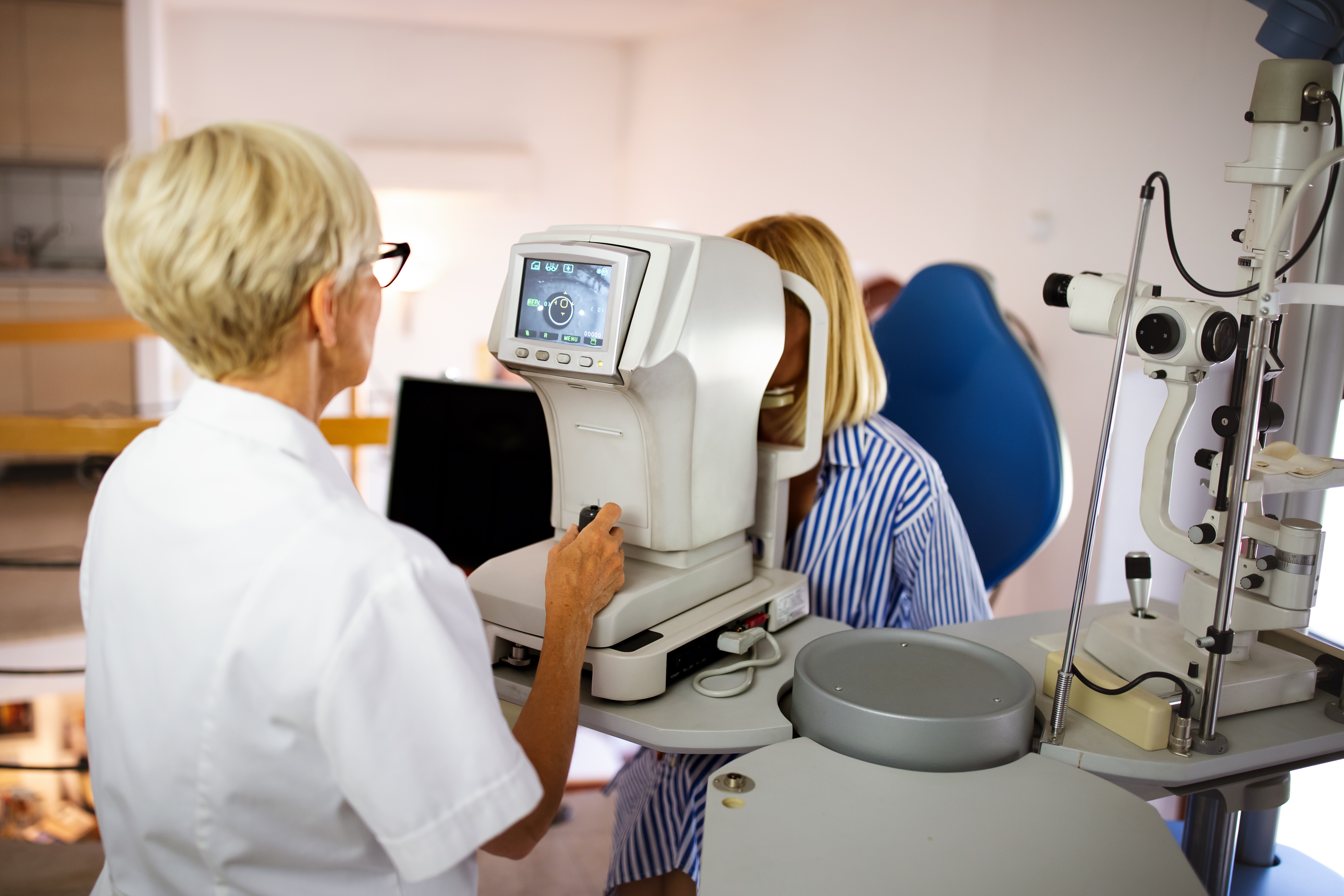10 Unmissable Signs You Might Have Ataxia-Telangiectasia - No Doctor's Appointment Needed
7. Oculomotor Apraxia (Difficulty Moving Eyes Voluntarily)

Beyond generalized ophthalmoplegia, a more specific, tell-tale sign can be oculomotor apraxia. This isn't about weak eye muscles, but a difficulty initiating voluntary eye movements. A child might have to subtly jerk their head to one side to get their eyes to follow, or struggle to quickly shift their gaze between two objects. This compensation is a crucial, often missed, neurological sign, as the brain struggles to command the eyes to move smoothly, impacting reading and visual tracking.
8. Telangiectasias (Specific Location and Appearance)

While you mentioned small dilated blood vessels, emphasizing their specific appearance and common locations is key. These telangiectasias are classic A-T markers, particularly the fine, red, spider-like veins appearing in the whites of the eyes (conjunctiva), on the ears, or across sun-exposed skin. Their presence, especially around the eyes, is highly characteristic. They might be mistaken for allergies at first glance, but their persistent, branching nature should prompt a closer look and a doctor's visit.
